There can be your advertisement
300x150
Repair in Practice: How to Insulate an Apartment
It is no secret that both old buildings and modern new constructions provide very poor protection against wind and cold: we often get bone-chillingly cold even before the heating season begins. If you live in a corner apartment or on a high floor, the problem worsens. Fortunately, there are many effective ways to insulate your apartment by yourself.
Step #1: Sealing Gaps in Window Frames
If your apartment is cold, the first thing to consider is insulating windows. The easiest way is to install modern airtight double-glazed units, but you can also solve the problem more economically. For example, insulate wooden frames the old-fashioned way – fill gaps between the frame and window opening with foam, cotton, or paper, and carefully seal them with painter's tape. Among more modern methods are special rubber seals (which can also be foam or polyurethane). If you find gaps between the frame and the wall, fill them with water-resistant acrylic sealant. When insulating windows in your apartment, don't forget about the balcony, especially if it's unglazed.
Tip: Are drafts coming through the windows, even though you have new plastic double-glazed units? Pay attention to where the window sill meets the concrete – installers often do a sloppy job and don't properly seal gaps in these areas. Fill cracks with cork or foam, then seal them with plaster or fill the gaps with construction foam.
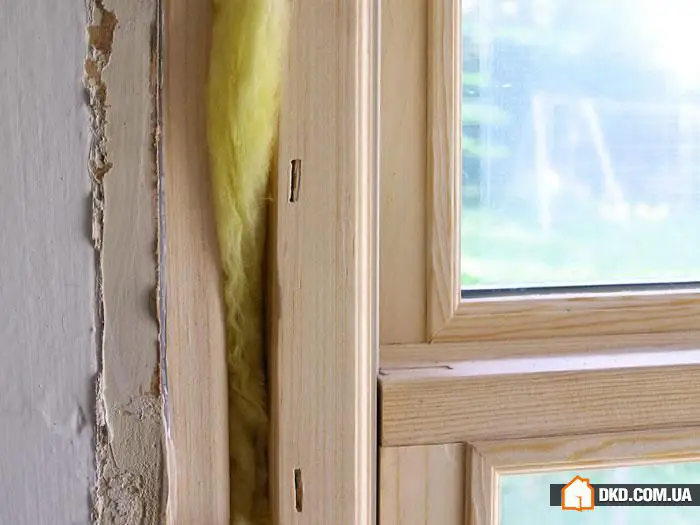
Step #2: Installing Panels on Walls
A common issue in panel buildings is poor joints between the panels. This can be easily fixed by filling the cracks with cement and then sealing them with a sealing compound. In corner apartments, it's advisable to install sandwich panels on external walls. Their installation is not complicated. First, treat the wall with a special anti-mold solution (even if there's no mold present, this is a preventive measure) and let it dry.
Next, cut galvanized profiles and secure them to the wall using anchors and screws. The insulation boards are then mounted on the frame using special sleeve anchors. Finally, cover the structure with gypsum board sheets.
Tip: The most environmentally friendly insulation material is natural cork. This material can be mounted using the same frame, special adhesive, or anchors. You can cover it with panels or mesh, on top of which you apply plaster.
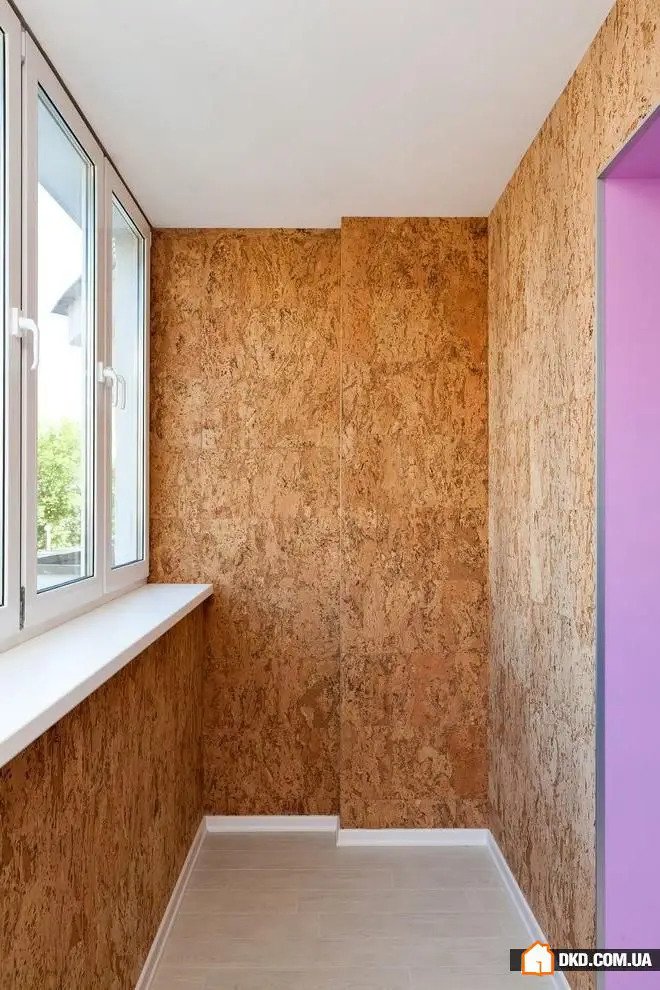
Step #3: Insulating Doors
Frequent heat loss occurs due to poor insulation of the entrance door, especially if it doesn't fit tightly into the frame. You can solve this issue using special adhesive tape that is applied directly to the door, or by installing overlay insulating panels, which are secured using double-sided tape. Unfortunately, this method makes the door less aesthetically pleasing.
Alternatively, you can install a special brush on the lower part of the door panel using screws, clamps, or the same adhesive tape. This simple device will help retain heat and eliminate drafts.
Tip: Metal doors have hollow construction, so you can place a layer of insulation inside – mineral wool or polystyrene. However, it is not recommended to do this on your own.
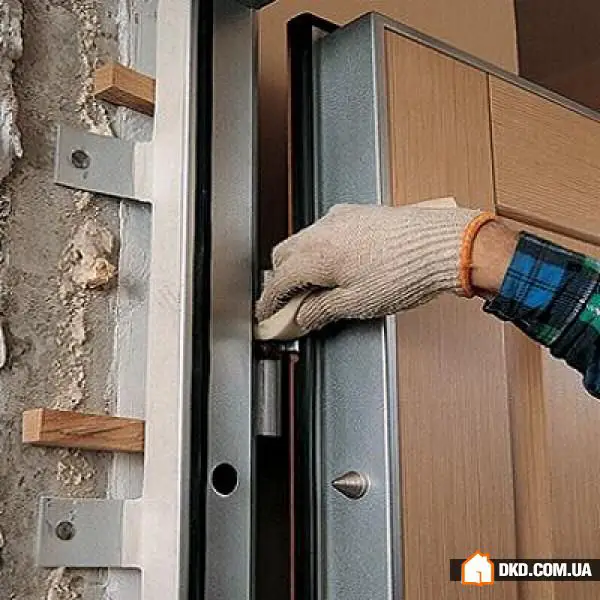
Step #4: Insulating Floors and Ceilings
Sometimes, the cold in an apartment comes not only from the walls but also from the floor and ceiling – especially if you live on the top floor. What to do in this case? First, you can insulate the ceiling using the same method as for walls. Another approach is to glue ceiling tiles made of polystyrene or foam board. After gluing the tiles, secure them with plastic anchors, then apply a mesh and finish with spackle and paint. The floor can be insulated in several ways. First, you can lay a wooden frame on the floor and place insulation material inside its sections. Alternatively, you can create a special screed using a mixture of cement and polystyrene granules, then lay any type of flooring on top. Don't forget another option – installing a heated floor!
Tip: Check if there is air leakage from the joints between the walls and floor or ceiling – fill such gaps with construction foam, then seal them with a cement mixture.

Step #5: Improving Radiator Efficiency
When insulating your apartment, pay attention to your heating radiators – it may be time to replace them with more efficient and modern ones. This problem is particularly relevant in older buildings, where salts and impurities accumulate in the radiators over many years, causing them to stop heating properly.
Remember: if you have decorative screens or cabinets covering your radiators, your home will become colder – they reduce heat output. This applies even to curtains – lift the bottom part of them. Another option is to attach special thermal insulation material or just aluminum foil screens directly to the radiators – this will make your rooms significantly warmer.
Tip: To increase the heat output of a heating radiator, you can direct airflow from a fan onto it. This improves the circulation of warm air in the room, heating it faster and more evenly.
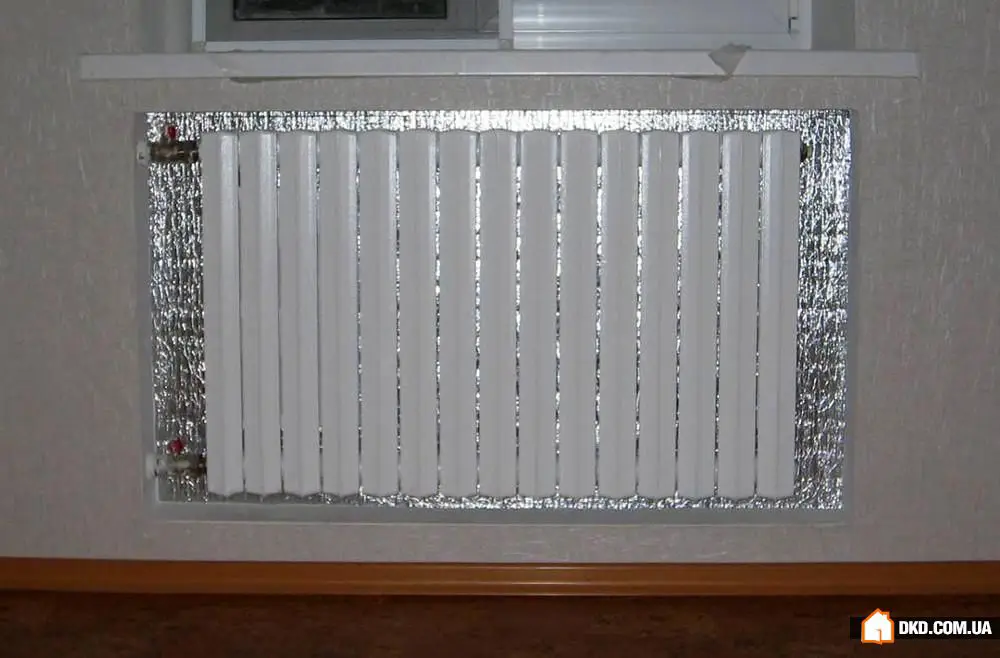
Step #6: Using All Insulation Methods
It's also important to keep in mind some small tips that can help you retain heat in your home. For example, if your windows face the sunny side, open the curtains and blinds in the morning to warm the room with sunlight. After sunset, close them tightly – once the sun goes down, windows become one of the main sources of heat loss.
You can also insulate windows further using special thermal film, which is sold in hardware and construction stores. Don't forget about the favorite method of our grandmothers and parents – lay down a carpet! A matter of taste, but it works.
Tip: During the cold season, you can partially (up to 90%) tape over the standard ventilation with painter's tape – this will protect you from cold air drafts.

More articles:
 Kitchen of the Week: Functionality Above All
Kitchen of the Week: Functionality Above All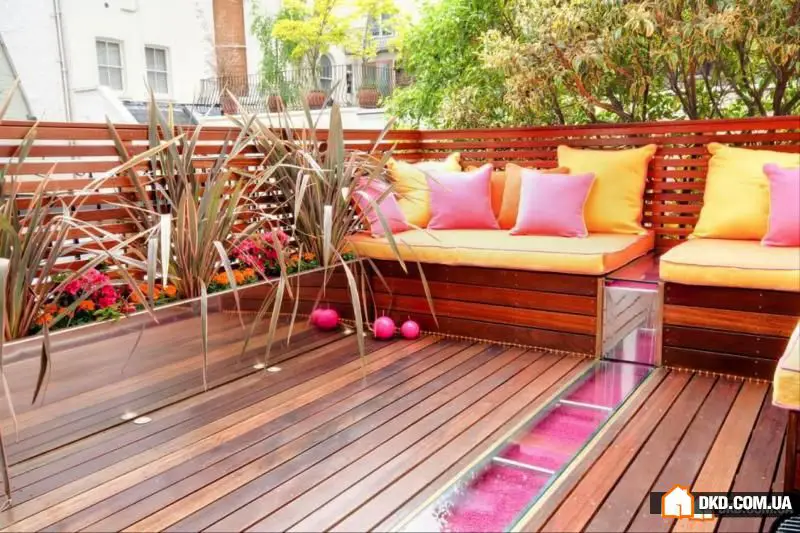 Summer Colors: Combining Pink and Orange
Summer Colors: Combining Pink and Orange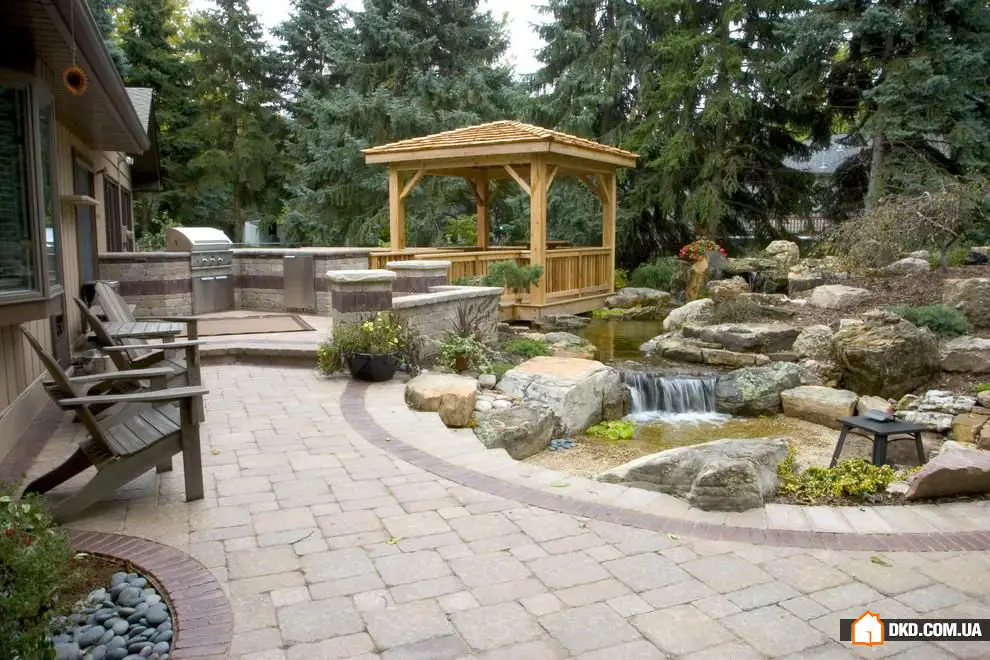 Secrets of a Successful Garden Pond
Secrets of a Successful Garden Pond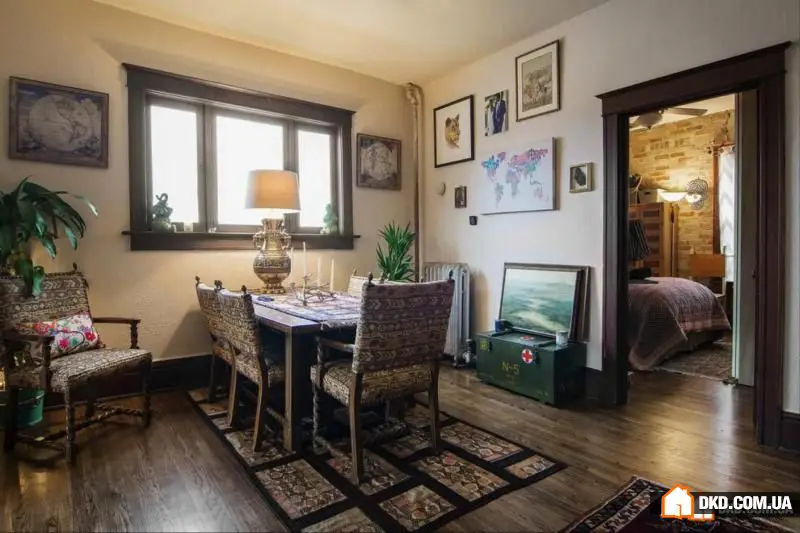 9 Small Dining Rooms Full of Big Creative Ideas
9 Small Dining Rooms Full of Big Creative Ideas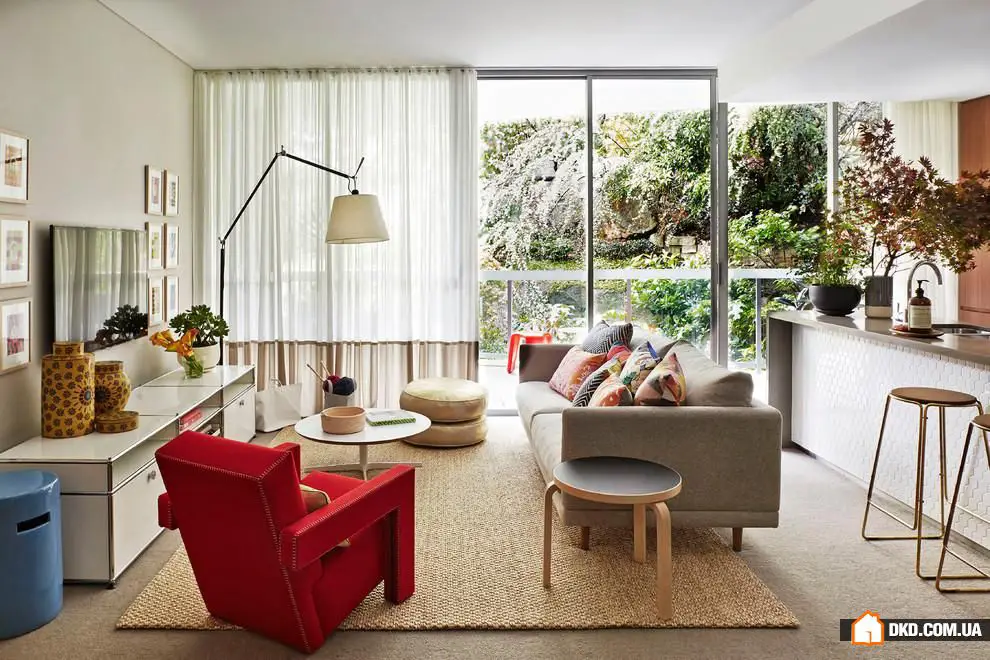 10 Ways to Make a Living Room Feel More Spacious
10 Ways to Make a Living Room Feel More Spacious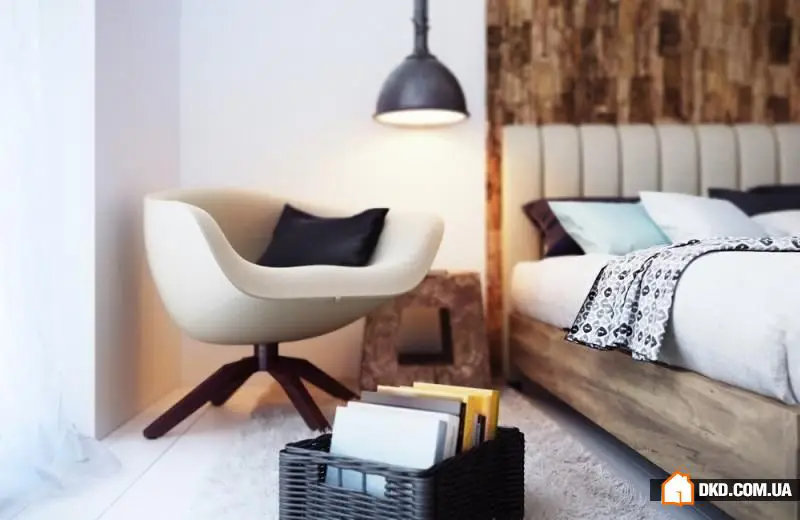 Dream Bedroom: How to Decorate a Room with Style
Dream Bedroom: How to Decorate a Room with Style How to Update Interior on a Zero Budget: 10 Useful Tips
How to Update Interior on a Zero Budget: 10 Useful Tips 18 Emotional French Living Room Designs
18 Emotional French Living Room Designs